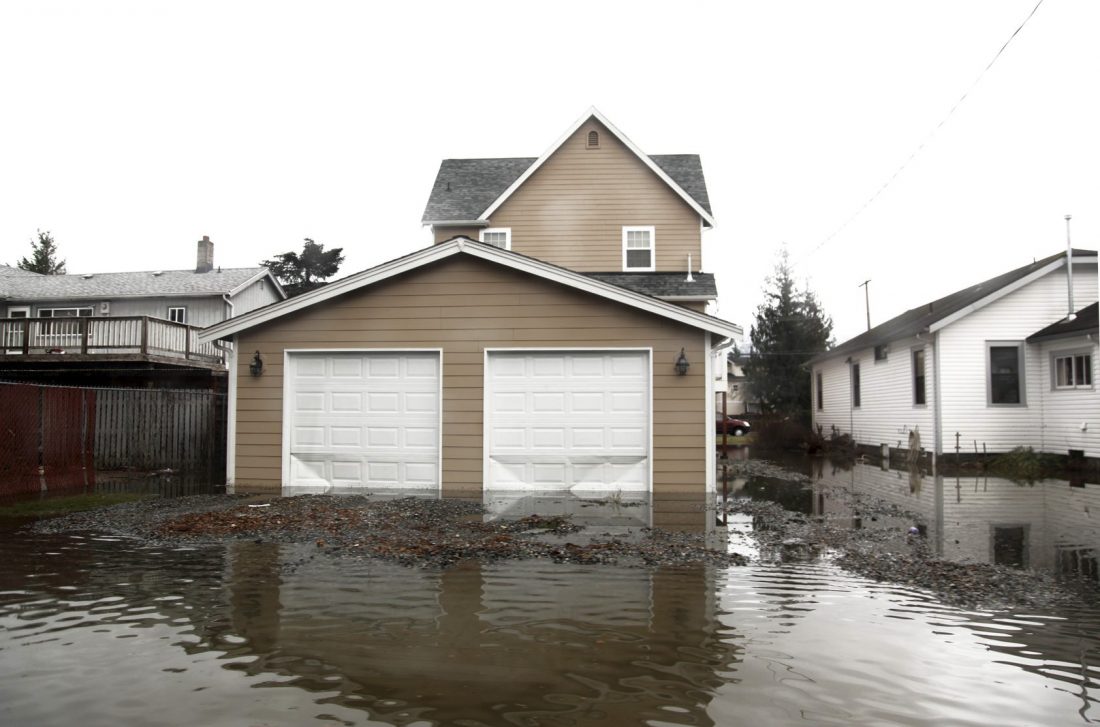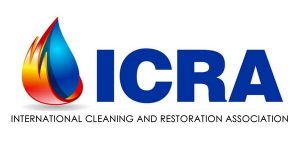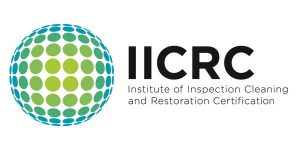
Orange County, California, is known for its beautiful beaches and sunny weather. However, homeowners and businesses in the area are not strangers to water damage challenges. Understanding the common types of water damage and how to address them is crucial for maintaining the integrity and safety of properties in this region.
Common Types of Water Damage
1. Flooding
- Causes: Heavy rains, storm surges, and overflowing rivers.
- Impact: Flooding can lead to structural damage, mold growth, and electrical hazards.
- Prevention: Regular gutter cleaning, installing sump pumps, and proper landscaping to facilitate water runoff.
2. Pipe Leaks and Bursts
- Causes: Aging pipes, high water pressure, or freezing temperatures.
- Impact: Causes water wastage, and property damage, and can potentially lead to mold and mildew.
- Prevention: Regular plumbing inspections and insulating pipes in colder weather.
3. Sewage Backups
- Causes: Clogged sewer lines, septic tank failures, or heavy rainfall.
- Impact: Dangerous as it involves contaminated water, posing serious health risks.
- Prevention: Avoid flushing non-degradable items and schedule regular sewage line maintenance.
4. Appliance Failures
- Causes: Malfunctioning washing machines, dishwashers, or water heaters.
- Impact: This can lead to localized flooding and property damage.
- Prevention: Regular maintenance checks and immediate repairs of faulty appliances.
5. Roof Leaks
- Causes: Damaged shingles, poor roofing installation, or debris buildup.
- Impact: Causes ceiling damage, insulation problems, and mold growth.
- Prevention: Regular roof inspections, especially after heavy storms.
FAQ Section
- What immediate steps should I take if I notice water damage in my home?
- Answer: Immediately stop the water source if possible, turn off electricity in affected areas, and contact a professional water damage restoration service.
- How can I prevent mold growth after water damage?
- Answer: Quick action is crucial. Dry out the area thoroughly using fans and dehumidifiers. Remove wet materials, and consider professional mold remediation services if necessary.
- Does homeowner’s insurance in Orange County cover water damage?
- Answer: Typically, homeowner’s insurance covers sudden and accidental water damage but not gradual damage or neglect. It’s essential to review your policy for specific coverages.
- How long does it take to repair water damage?
- Answer: The time can vary depending on the extent of damage. Minor issues may take a few days, while extensive damage might require several weeks.
- Can I handle water damage cleanup myself?
- Answer: Small, localized damage can often be managed independently. However, for extensive or contaminated water damage, it’s advisable to seek professional help due to health and safety concerns.
Conclusion
Water damage in Orange County can range from minor leaks to major floods. Awareness and proactive measures can significantly mitigate the risks and impacts of water damage. Regular maintenance, immediate action in case of damage, and understanding insurance coverages are key to effectively managing water-related issues in this region.









